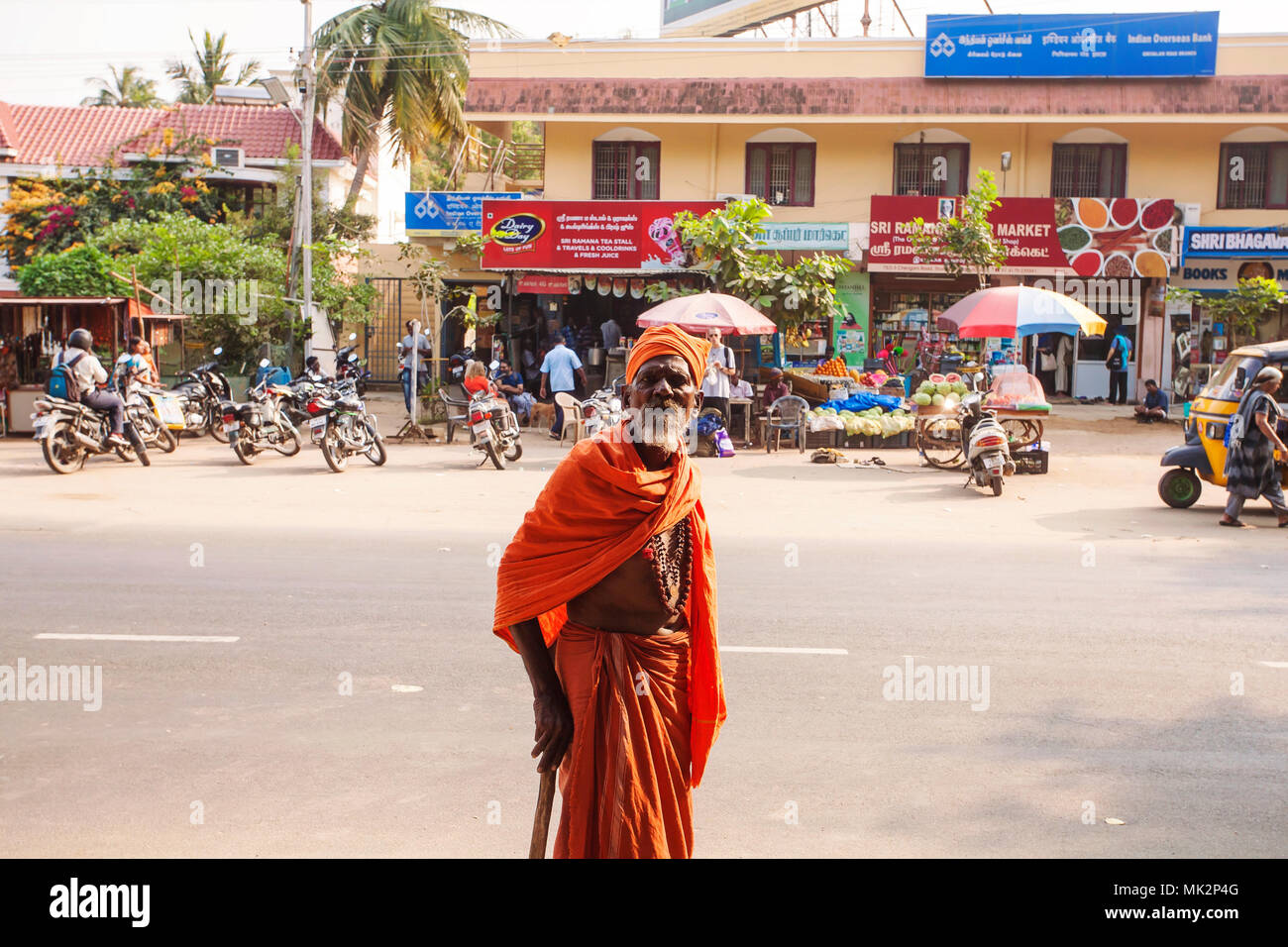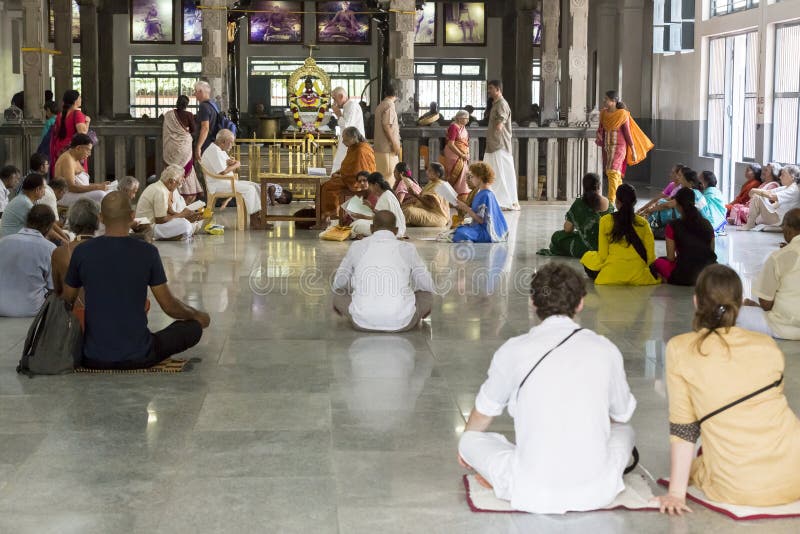

There were few instructions in the will about what should go on at the ashram: there was a clause that a statue should be erected on Bhagavan’s samadhi, another that a daily puja should be performed at Bhagavan’s samadhi and in the Mother’s Temple, and in a more general instruction Bhagavan said that the ashram should remain open as a spiritual institution so that anyone who wished to could avail themselves of its facilities. Venakataraman, and he in turn would be succeeded by his own eldest son, the current ashram president, V. The only definition I could find, even in the Complete Oxford Dictionary, was ‘The provision made for the maintenance of the younger children of kings, princes, etc.’ I rather like the mental image of ‘King’ Ramana bestowing the gift of Ramanasramam on his younger ‘princeling’ brother in order to support him after he passed away, but I suspect that in legal circles the term may have a slightly different meaning.īhagavan’s will envisaged a succession of ashram managers, determined by the laws of primogeniture: Chinnaswami was to be followed by his eldest son T. It appeared to refer to the properties owned and run by Ramanasramam. There is one word – appanages – in the court’s written judgement that had me hunting through my dictionaries.

It was further stated that Chinnaswami would continue to run the ashram after Bhagavan’s mahasamadhi, and that when Chinnaswami died, those rights would be inherited by his son, T. In 1938 Bhagavan executed a will that bequeathed all the Ramanasramam properties to his brother, Chinnaswami. I am reproducing it here in full because I want to discuss some of the evidence and assumptions that featured in the case.įirst, though, a little background information is needed. It was a fascinating document that I pored over for the better part of an hour. However, thinking that it might be a standard feature of future visa applications, I went online, typed ‘Ramanasramam’ and ‘charity’ into Google, and found myself being directed to the transcript of a 1959 court case in which Ramanasramam’s legal status was clarified. I had never heard of Ramanasramam’s status being queried in this way before. The consular official, who had obviously never heard of Bhagavan or Ramanasramam, asked my friend for proof that Sri Ramanasramam was a registered charity in India. A few weeks ago a friend of mine, armed with a letter of recommendation from the president of Ramanasramam, went to an Indian consulate office in Australia and asked for a long-term visa.


 0 kommentar(er)
0 kommentar(er)
